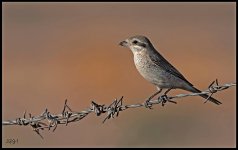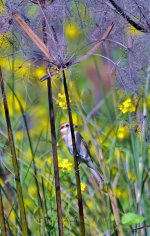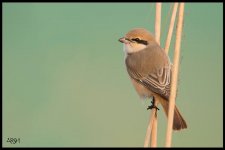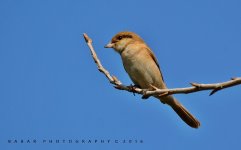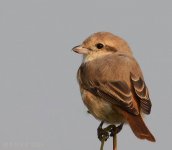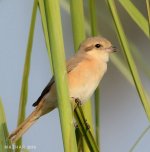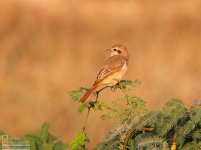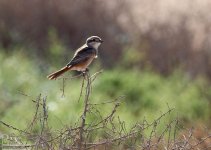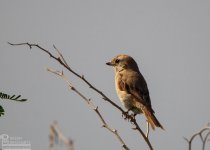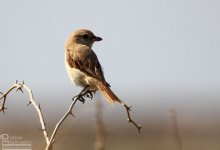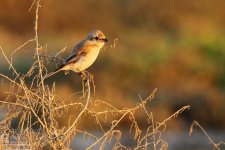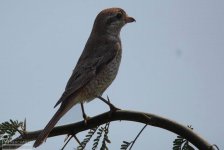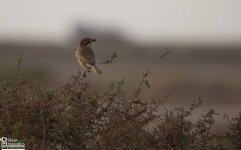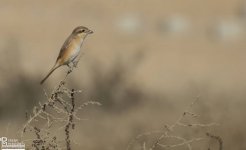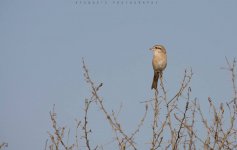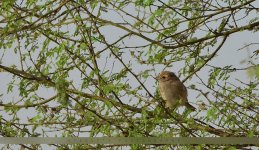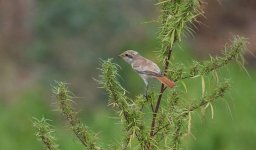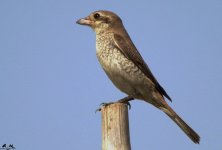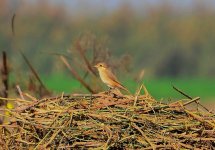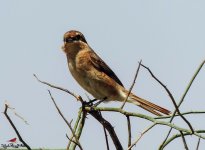Got a few Isabelline/Turkestan type Shrikes. All taken from September to March. I want to separate them into L.Isabellinus and L.Phoenicuroides.
What are the best ways to tell them apart juvenile and adults?
In my opinion they are as follows:-
Turkestan - from Sept to Dec
Turkestan - taken in March
Isabelline - taken in March
Isabelline - taken in March.
Isabelline - taken in March?
What are the best ways to tell them apart juvenile and adults?
In my opinion they are as follows:-
Turkestan - from Sept to Dec
Turkestan - taken in March
Isabelline - taken in March
Isabelline - taken in March.
Isabelline - taken in March?
Attachments
Last edited:




